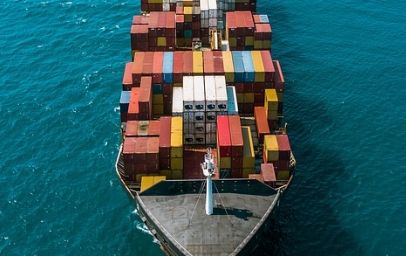What is Border Trade and How Does It Influence Local Economies?
Border trade refers to the exchange of goods and services across national borders between neighboring countries. This type of trade is particularly significant in regions where countries share long common borders and where there are substantial economic, social, and cultural interactions among the border communities. Border trade can play a pivotal role in promoting economic integration, regional development, and cross-cultural exchange. This article delves into the concept of border trade, its characteristics, benefits, challenges, and its impact on local economies.

Understanding Border Trade
Border trade involves transactions that are conducted across international boundaries, typically within a geographical area that spans both sides of the border. It includes both formal trade, which is recorded and usually regulated by government policies, and informal trade, which might not always be documented fully.
Characteristics of Border Trade
• Localized Nature: Border trade is usually localized, affecting the economies of border regions rather than the entire economies of the countries involved.
• Simplified Customs Procedures: Many countries establish special regimes to simplify customs procedures for border trade, reducing tariffs and streamlining border checks to facilitate the easy flow of goods.
• Cultural and Social Integration: Border trade often strengthens social and cultural ties between communities, promoting a sense of interdependence and cooperation.
Benefits of Border Trade
1. Economic Growth: Border trade can stimulate economic growth in border regions by creating jobs, generating income, and fostering entrepreneurship.
2. Market Expansion: It provides local businesses with access to additional markets, increasing their customer base and revenue potential.
3. Resource Sharing: Border trade enables the efficient sharing and distribution of resources between neighboring countries, especially in areas like agriculture, where goods may be scarce on one side of the border but plentiful on the other.
4. Cultural Exchange: Enhances mutual understanding and cultural exchange between neighboring countries, promoting peace and cooperation.
Challenges in Border Trade
• Regulatory Issues: Managing border trade can be complex due to differing national policies, legal standards, and administrative procedures.
• Security Concerns: Borders are sensitive zones, and the increase in trade activity can lead to security challenges, including smuggling and illegal immigration.
• Economic Disparities: Significant economic differences between neighboring countries can lead to imbalances, where one country benefits more than the other.
• Infrastructure Constraints: Adequate infrastructure such as roads, border facilities, and customs offices is crucial for effective border trade but often lacking in border areas.
Strategies to Enhance Border Trade
• Bilateral Agreements: Countries can negotiate bilateral agreements that specifically address and facilitate border trade, focusing on simplifying customs procedures and reducing trade barriers.
• Infrastructure Development: Investing in infrastructure development at border crossings to support the efficient and secure movement of goods and services.
• Cross-Border Cooperation: Establishing cross-border trade associations or cooperative entities can help harmonize regulations and promote mutual economic interests.
• Community Engagement: Engaging local communities in planning and decision-making processes ensures that border trade initiatives are well-supported and sustainable.
Global Examples of Border Trade
• The European Union (EU): The EU exemplifies advanced border trade with its single market allowing goods, services, capital, and people to move freely among member countries.
• The United States and Mexico: The USMCA (formerly NAFTA) facilitates substantial border trade between the United States and Mexico, with special economic zones and streamlined customs processes.
Conclusion
Border trade is a vital component of international trade that benefits local economies by promoting economic activity, cultural exchange, and regional integration. While it presents unique challenges, effective management and cooperation can harness its potential to significantly impact regional development and cross-border relations. Governments, businesses, and local communities need to collaborate closely to maximize the advantages of border trade while mitigating its risks.
Related articles

 WeChat of CBiBank
WeChat of CBiBank